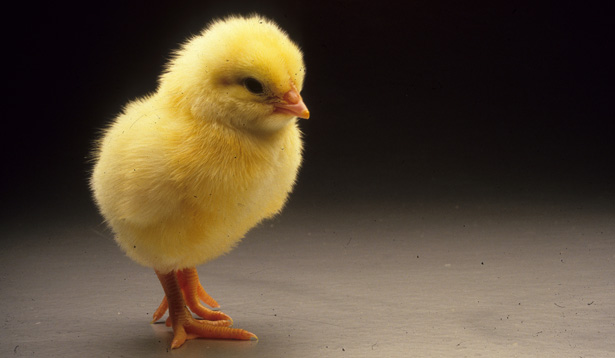Easter Eggs, Baby Chicks…and Pathogens

Editor’s Note: This is a guest piece written by Dr. Ben Chapman, an assistant professor and food safety expert at NC State.
Easter has been on my 3-year-old’s radar since Christmas. Jack has succumbed to the eggs/bunnies/chicks hype at retail stores, and is now really interested in colored eggs (because he thinks they all contain chocolate). Jack, with his one-year-old brother in tow, even hid a bunch of plastic eggs in our neighbor’s yard earlier this week.
We’re always looking to entertain the dudes with crafts, and this weekend’s traditional fun is to dye and decorate some eggs. We prefer using the hardboiled type (and not messing around with sticking pins in and blowing out the raw egg – which has a risk of Salmonella). We’ll hide the decorated eggs around the yard, but we’re not planning on eating them. By placing them around outside there’s a chance that we might crack or break the shell allowing a place for bacteria to enter – if it takes us a while to find them, pathogens might grow.
Handling baby chicks is another common risky practice this time of year. The CDC reported this month that 96 cases of salmonellosis were linked to the handling of young poultry in the summer of 2011.
Here is the newest food safety infosheet detailing some risks and risk-reduction steps for Easter fun.
- Categories:


